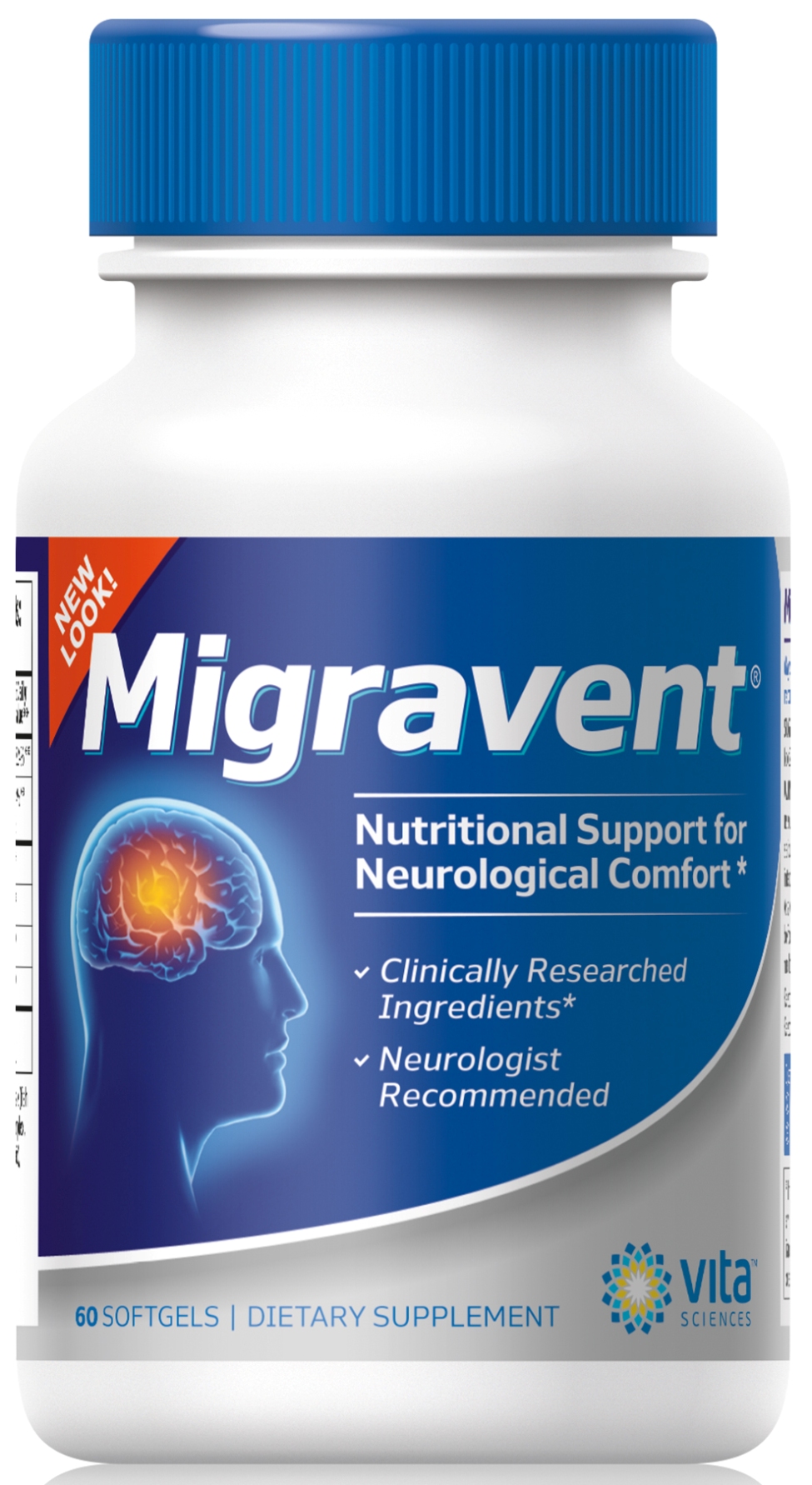Do you get chronic migraines that occur almost every day, or are your migraine headaches less frequent, more episodic? Sometimes, occasional migraine attacks can suddenly increase, transforming from a strong headache that strikes a few times per month to persistent (chronic) migraines with aura that last for days, with few breaks in between.
Chronic and episodic migraines
Scientists have distinguished many societal and characteristic differences between chronic migraines and episodic migraines, but the fundamental differences have to do with frequency and level of disability.
- Episodic migraines occur up to 14 times per month, and don’t impair one’s quality of life to the point of disability.
- Chronic migraines occur more than 15 times per month and make it difficult (often impossible) for one to work, socialize, and take care of one’s own basic needs, in and outside of the home. Chronic migraines are recognized by the Americans with Disabilities Act (ADA) as a disability worthy of compensation.
Chronic migraine risk factors
What influences whether your migraine headaches occur daily or sporadically? It’s not a roulette wheel- there are many risk factors, some of which are manageable, that can impact how often you suffer from migraine attacks, how severe they are, and how long they last.
- Daily use of over-the-counter (OTC) or prescription analgesics increases your chances of getting the rebound headaches, or Medication Overuse Headache (MOH).
- Sadly, just being a woman raises your risk for chronic migraines.
- People who get migraines with aura are more likely to get headaches often.
- Stress and life changes affect your headache frequency.
- If your episodic migraines occur more than once per week, then they may increase into a chronic condition.
- The longer your migraine history, the more susceptible you are to having chronic migraines.
- Overweight migraineurs are at a higher risk of getting chronic headaches.
- People who snore are more likely to get chronic headaches than episodic headaches.
- If you’re a migraineur who’s suffered a head injury, then you’re at risk for chronic migraines.
Reducing headache frequency
Certain risk factors are under your control, and some are not. Here are some tips for improving your chances of transforming your chronic headaches back to episodic migraines:
- Try supplementing with natural ingredients that promote neurological health and a healthy response to inflammation. Popular ingredients include magnesium, riboflavin, coenzyme Q10, and butterbur.
- Follow a migraine-friendly weight-loss diet that focuses on eating whole foods, portion control, and identifying possible migraine triggers
- Experiment with relaxation techniques like self-hypnosis, yoga, aromatherapy, and massage.
- If you wake up feeling fatigued each morning, then you might be suffering from sleep apnea. Ask your partner if you snore at night, or see a doctor for diagnosis.
- Exercise at least 4 times per week to reduce anxiety, promote healthy weight, and fight depression.
Please tell us…
Do you have any questions or suggestions? Please leave your comments below.
Share with your friends!
If you found this article helpful, then please share with your friends, family, and coworkers by email, Facebook, or Google+.
Like this? Read more:
Introducing Natural Ingredients for Migraines- Tips for Success
Diagnosing Migraines- the Basic Symptoms
Sources:
Defining the Differences Between Episodic Migraine and Chronic Migraine
Transformed Migraine | National Headache Foundation
Image(s): FreeDigitalPhotos.net



